Filter by

Editorial: A Feasible Approach for Natural Products to Treatment of Diseases
Introducing "A Feasible Approach for Natural Products to Treatment of Diseases"-an exploration of the therapeutic potential locked within nature's abundant offerings. This comprehensive reprint delves into the fascinating realm of natural products, uncovering their inherent properties, mechanisms of action, and potential roles in effective disease management. Through extensive scientific resear…
- Edition
- -
- ISBN/ISSN
- 9783036578729
- Collation
- 260 hlm
- Series Title
- -
- Call Number
- -

Alternatives to Animal Testing
This open access book presents recent advances in the pure sciences that are of significance in the quest for alternatives to the use of animals in research and describes a variety of practical applications of the three key guiding principles for the more ethical use of animals in experiments – replacement, reduction, and refinement, collectively known as the 3Rs. Important examples from acro…
- Edition
- 1
- ISBN/ISSN
- 9789811324475
- Collation
- VI, 130 hlm; ill., lamp.,
- Series Title
- -
- Call Number
- -
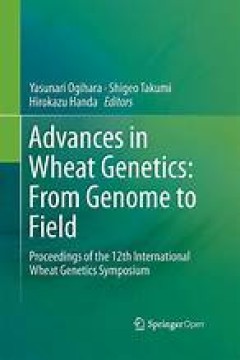
Advances in Wheat Genetics: From Genome to Field
This proceedings is a collection of 46 selected papers that were presented at the 12th International Wheat Genetics Symposium (IWGS). Since the launch of the wheat genome sequencing project in 2005, the arrival of draft genome sequences has marked a new era in wheat genetics and genomics, catalyzing rapid advancement in the field. This book provides a comprehensive review of the forefront of wh…
- Edition
- 1
- ISBN/ISSN
- 978-4-431-55675-6
- Collation
- -
- Series Title
- XVI, 445
- Call Number
- 572

The Wheat Genome
This open access book provides the first comprehensive coverage of the wheat genome sequence since the publication of the draft and reference sequences for bread wheat and durum wheat. It presents an overview and all aspects of the gold standard sequence of the bread wheat genome, IWGSC RefSeq v1.0 and its subsequent improvements through 2022 (IWGSC RefSeq v2.1), as well as the sequencing of mu…
- Edition
- -
- ISBN/ISSN
- 978-3-031-38294-9
- Collation
- XIV, 320
- Series Title
- -
- Call Number
- -

Artificial Chemistries
The field of Artificial life (ALife) is now firmly established in the scientific world, but it has yet to achieve one of its original goals: an understanding of the emergence of life on Earth. The new field of artificial chemistries draws from chemistry, biology, computer science, mathematics, and other disciplines to work toward that goal. For if, as it has been argued, life emerged from pirmi…
- Edition
- -
- ISBN/ISSN
- 9780262329460
- Collation
- 1 online resource (xv, 555 pages) :illustrations (some color)
- Series Title
- -
- Call Number
- -
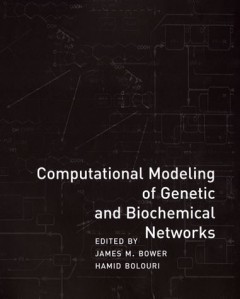
Computational Modeling of Genetic and Biochemical Networks
"A Bradford book."The advent of ever more sophisticated molecular manipulation techniques has made it clear that cellular systems are far more complex and dynamic than previously thought. At the same time, experimental techniques are providing an almost overwhelming amount of new data. It is increasingly apparent that linking molecular and cellular structure to function will require the use of …
- Edition
- -
- ISBN/ISSN
- 9780262269056
- Collation
- 1 online resource (xx, 336 pages, 18 unnumbered pages of plates) :illustrations (some color).
- Series Title
- -
- Call Number
- -
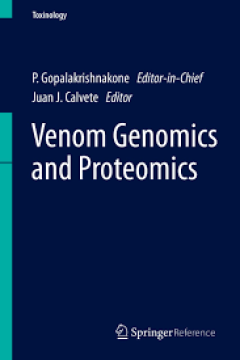
Venom Genomics and Proteomics
This volume provides the reader with recent advances in the fields of molecular toxinology, the biotechnological applications of venom toxins, and antivenom production. The content of the twenty chapters of Venom Genomics and Proteomics illustrates not only the enormous progress made since the implementation of omics technologies in the field of toxinology, but one also realizes the road still …
- Edition
- -
- ISBN/ISSN
- 978-94-007-6416-3
- Collation
- -
- Series Title
- -
- Call Number
- -
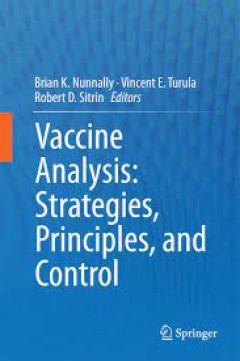
Vaccine Analysis: Strategies, Principles, and Control
This book is an indispensable tool for anyone involved in the research, development, or manufacture of new or existing vaccines. It describes a wide array of analytical and quality control technologies for the diverse vaccine modalities. Topics covered include the application of both classical and modern bio-analytical tools; procedures to assure safety and control of cross contamination; co…
- Edition
- -
- ISBN/ISSN
- 978-3-662-45024-6
- Collation
- -
- Series Title
- -
- Call Number
- -
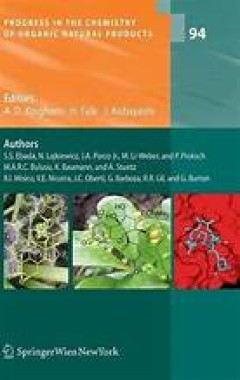
Progress in the Chemistry of Organic Natural Products 99
The volumes of this classic series, now referred to simply as "Zechmeister" after its founder, Laszlo Zechmeister, have appeared under the Springer Imprint ever since the series' inauguration in 1938. The series has featured contributions by seven Nobel laureates: D.H.R. Barton, D. Crowfoot Hodgkin, L. Pauling, K. Alder, O. Diels, P. Karrer, H. von Euler-Chelpin. The volumes contain contributi…
- Edition
- 1
- ISBN/ISSN
- 978-3-319-04900-7
- Collation
- Biologi
- Series Title
- -
- Call Number
- 570
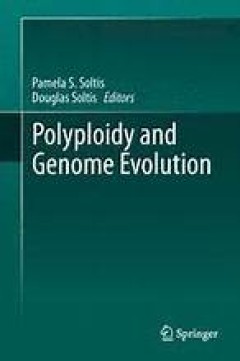
Polyploidy and Genome Evolution
Polyploidy – whole-genome duplication (WGD) – is a fundamental driver of biodiversity with significant consequences for genome structure, organization, and evolution. Once considered a speciation process common only in plants, polyploidy is now recognized to have played a major role in the structure, gene content, and evolution of most eukaryotic genomes. In fact, the diversity of eukaryo…
- Edition
- 1
- ISBN/ISSN
- 2012
- Collation
- Biologi
- Series Title
- -
- Call Number
- 570
 Computer Science, Information & General Works
Computer Science, Information & General Works  Philosophy & Psychology
Philosophy & Psychology  Religion
Religion  Social Sciences
Social Sciences  Language
Language  Pure Science
Pure Science  Applied Sciences
Applied Sciences  Art & Recreation
Art & Recreation  Literature
Literature  History & Geography
History & Geography